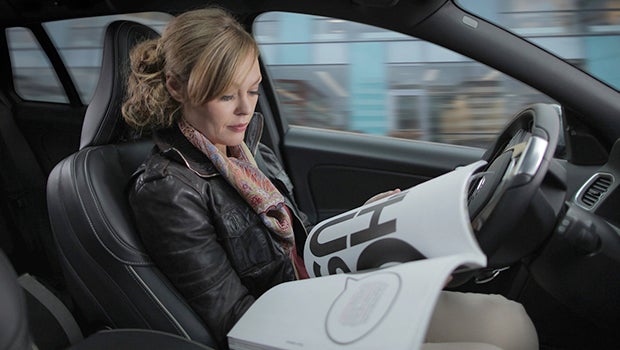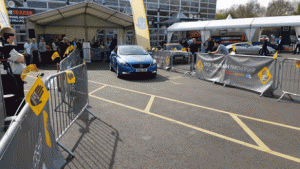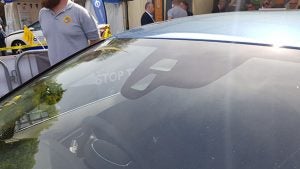All cars will be self-braking by 2030, says researcher

Every new car built for UK roads will be self-braking by 2030, according to a top vehicle safety researcher.
Speaking to TrustedReviews, Matthew Avery, Head of Research at the Thatcham Research Centre for vehicle safety, explained that autonomous braking (AB) systems will soon be commonplace on new motors.
Over 1,700 Britons are killed in road accidents every year, but Avery says existing AB systems are already “reducing crashes by 20% on average”.
Today, around a fifth of new cars come fitted with AB as standard, and 35% of new cars offer the feature as an option. But Avery says that when AB is optional, just 2% of car buyers choose to pay extra for it.
 A self-braking system, as demonstrated on a Volvo travelling at 20mph
A self-braking system, as demonstrated on a Volvo travelling at 20mph
That’s why Thatcham Research is a leading partner in the new Stop The Crash Campaign, which aims to convince drivers that AB is worth the money.
“Customers are very unwilling to pay extra for safety,” Avery explained. “We’re saying that we want people to tick that box, because in many cases it’s just a couple of hundred pounds.”
He continued: “We want consumers to understand that by choosing AB, it’s a system that might save their lives.”
Car buyers tend to skip AB because “they don’t know about it, and people think ‘it’s never going to happen to me’,” Avery told us.
Avery hopes that car makers will eventually have to include AB on new cars by law, adding: “We’re trying to encourage [mandatory AB], but so manufacturers are fitting AB that the government doesn’t see a need.”
Related: Apple Car
What is AEB – Autonomous Emergency Braking – and how does it work?
Autonomous braking is a safety system that will stop a car in emergency if the driver fails to react. There are three main types of AB systems: radar (most expensive), LIDAR, and a plain old camera (least expensive).
 A front-facing LIDAR system on a Volvo
A front-facing LIDAR system on a Volvo
All three systems work by tracking objects in front of your vehicle vehicle. Generally, an AB system will warn you that it sees an object coming up with a light or sound and, if you don’t react, will slam on the breaks.
“The warning is almost immediate; it warns you, and then gives you a second-and-a-half to react,” Avery explained. “Some of the latest systems will stop for people and cyclists. The early systems tend to only stop for other cars.”
Does this mean that if you crash, you’ll get off the hook by blaming it on the car computer? Avery said this isn’t the case: “The driver is still liable because autonomous braking is a driver supportive system.”
Ford Interview – The Future of Autonomous Cars:
Would you pay extra for autonomous braking on a car? Tell us why – or why not – in the comments below.


